The Ancient Greeks had two different words for time. The first, chronos, is time as we think of it now: marching forward, ceaselessly creating our past, present, and future. The second, kairos, is time in the opportune sense: the ideal moment to act, as captured by the phrase, “It’s time.”
My work, like many other photographers, has been a dedicated search forkairos — finding that ideal confluence of place and time that helps to tell a particular story. For me, that story has focused on the manmade world. In 02013, I launched Daily Overview, which features compositions created from satellite imagery focused on the places on the planet where humans have left their mark. Partnerships with some of the world’s best satellite imaging companies gave me access to libraries from which I could compose a visual compendium of the world we are creating. It’s a world that we are harvesting, mining, exploring, and powering. And it’s a world that we are changing faster than ever before.
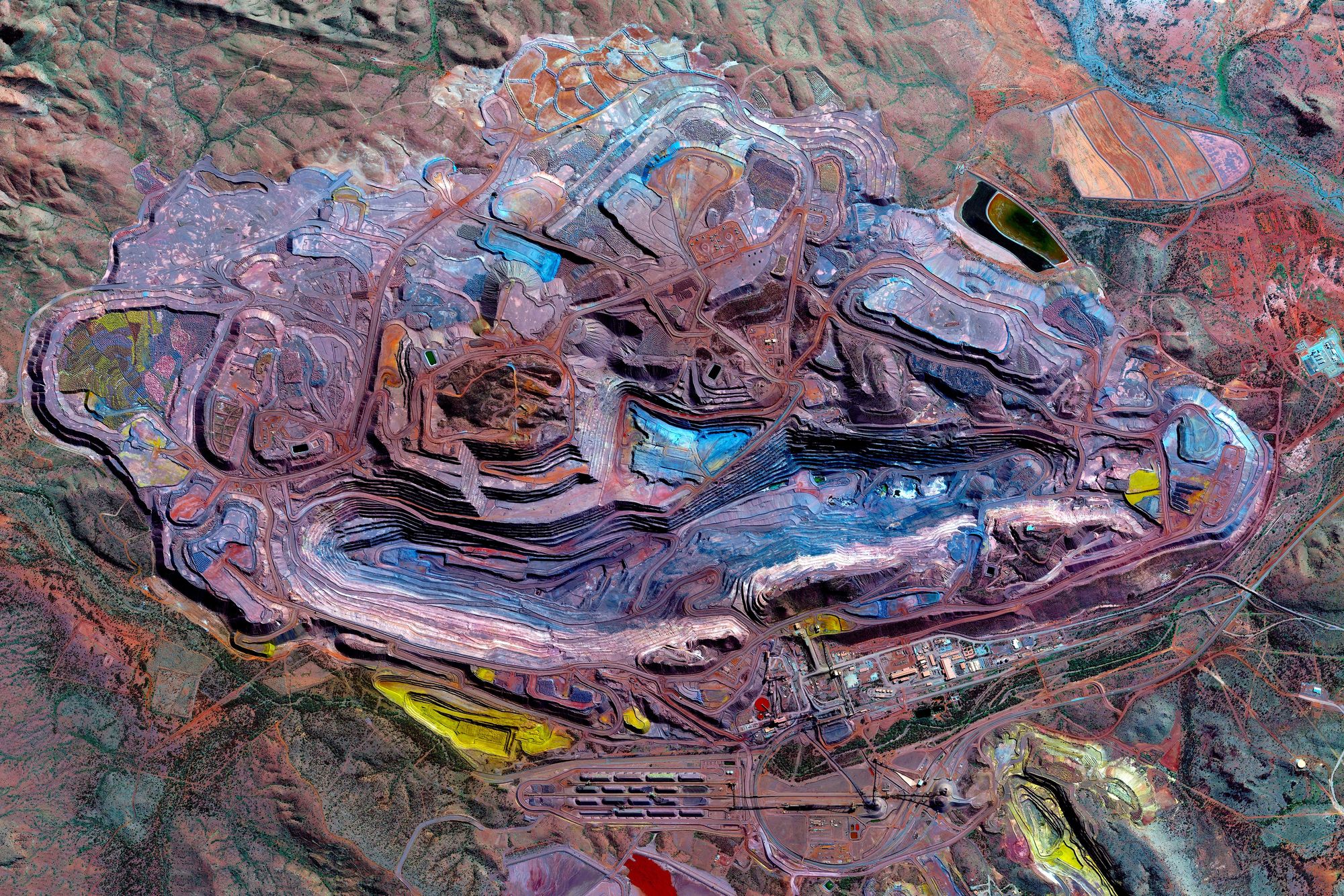


The atmospheric chemist and Nobel Prize laureate Paul J. Crutzen coined the term Anthropocene to describe this new geological era, one in which a single species — human beings — is the most powerful force affecting the planet’s natural systems. My work to date has captured macro-view moments in this era so that we might get a better understanding of what we, collectively — with all of the good and all of the bad — have done.
Thousands of image installments on Daily Overview over the past six years have covered a lot of ground. But in some ways, our earlier work does not include a crucial element — chronos — needed to convey the severity of what we face in this new Anthropocentric era. A single picture reflects the story of a moment in time. With two or more pictures of that same place, you can tell a richer story about change: its breadth, its pace, its cause. That is the idea behind our newest project, Overview Timelapse. What might we learn when we combine chronos, kairos, and this awe-inspiring perspective from above?
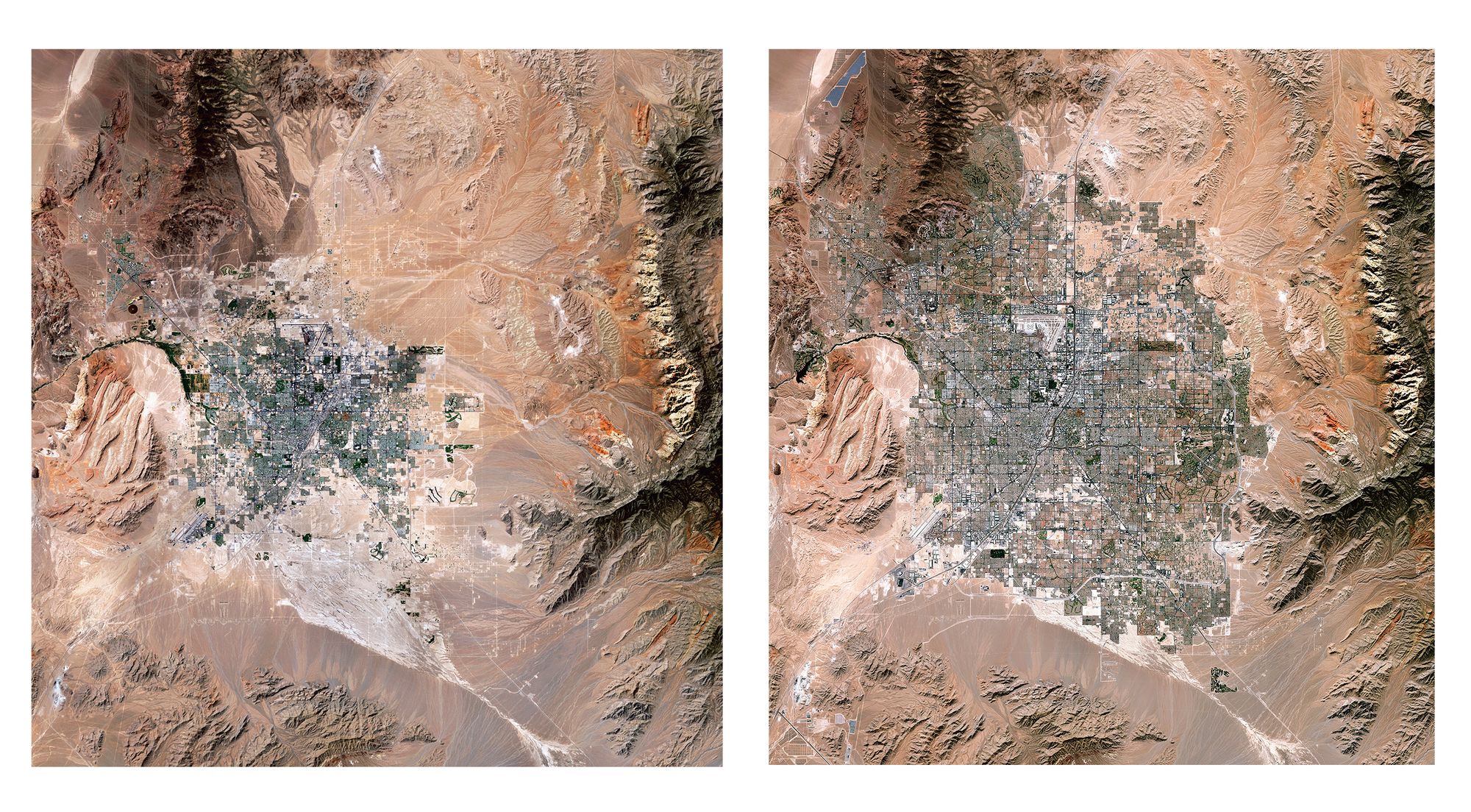
The story of the current moment is that far-reaching human activity on the planet, primarily the continued burning of fossil fuels, is releasing a vast and unprecedented amount of carbon that is, in turn, causing a drastic (and widely-predicted) reaction by the planet’s natural systems. By looking for the locations that convey the magnitude of what is taking place, my co-author Timothy Dougherty and I spent hundreds of hours of seeking out and observing change that has taken place on the macroscale — and the reaction from the climate that we have already begun to see as a result.
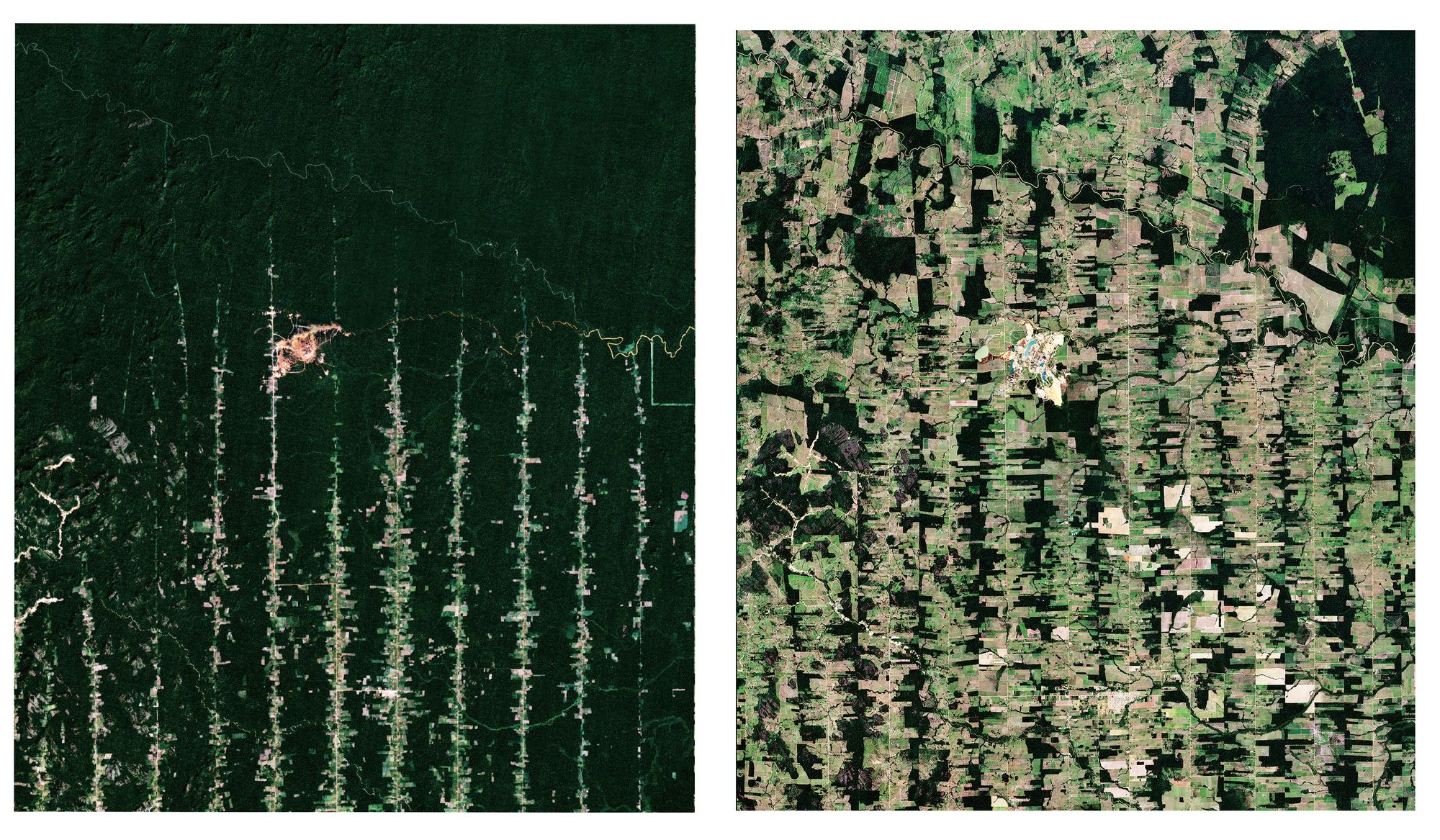
As I write this, smoke from a nearby wildfire is obscuring the sun outside of my window. Perhaps I’m not as surprised as I should be to see that my home state of California has burned at an extraordinary rate this summer. Or that there were five tropical cyclones in the Atlantic Ocean last month for only the second time on record. Or the horrible destruction and loss of wildlife from the Australian Bushfires earlier this year. Or the once-in-a-thousand-year floods and Derechos in the Midwest. Or the recent reports of faster-than-predicted melting of the Greenland Ice Sheet.
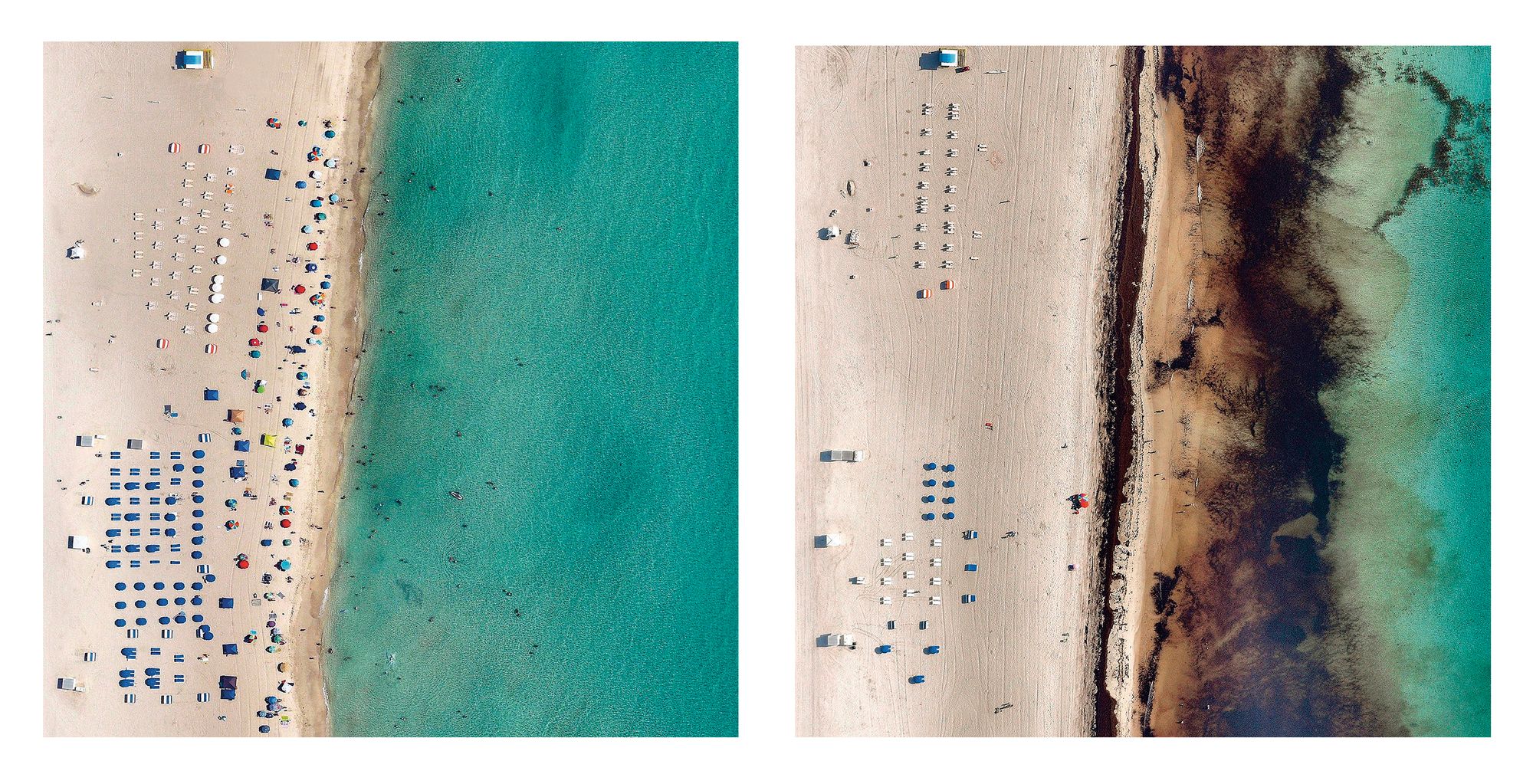
What scares me most now is what this project has taught me about how all of these interconnected events can cascade. These conditions build upon on one another such that something like unprecedented heat leads to drought, which leads to conditions ripe for fires, which leads to fires, which destroys trees, which returns all of the carbon stored in those trees since the Industrial Revolution into the atmosphere, which leads to more unprecedented heat, and so on, and so on, and so on.
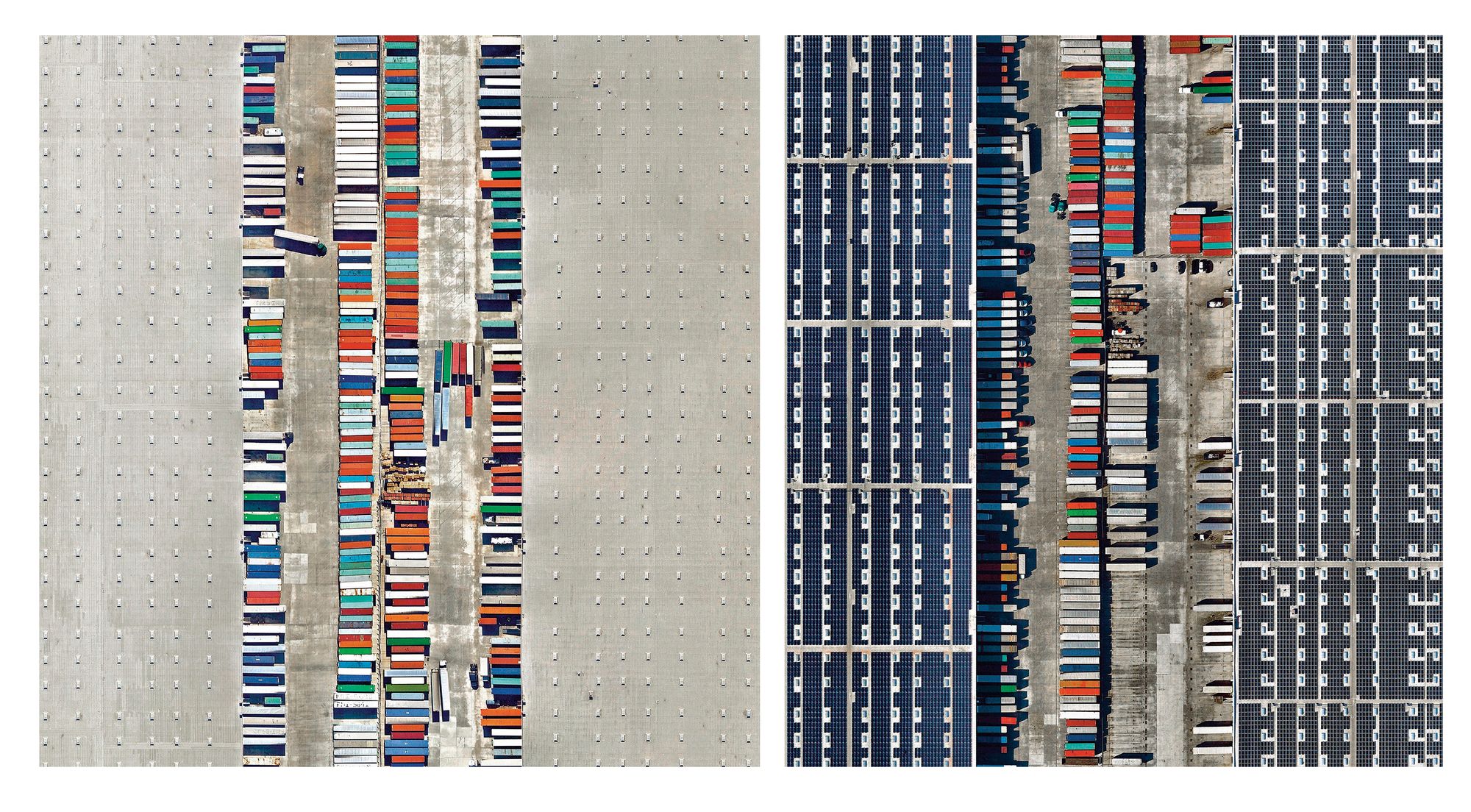
Despite all this, I still maintain a healthy dose of optimism for what lies ahead. I have witnessed a changing climate and all the destruction it brings to bear, but I have also seen solutions which can make for a safer, better civilization and world. Throughout Overview Timelapse we have featured some of these innovations that are slated to bring positive change in the coming years.
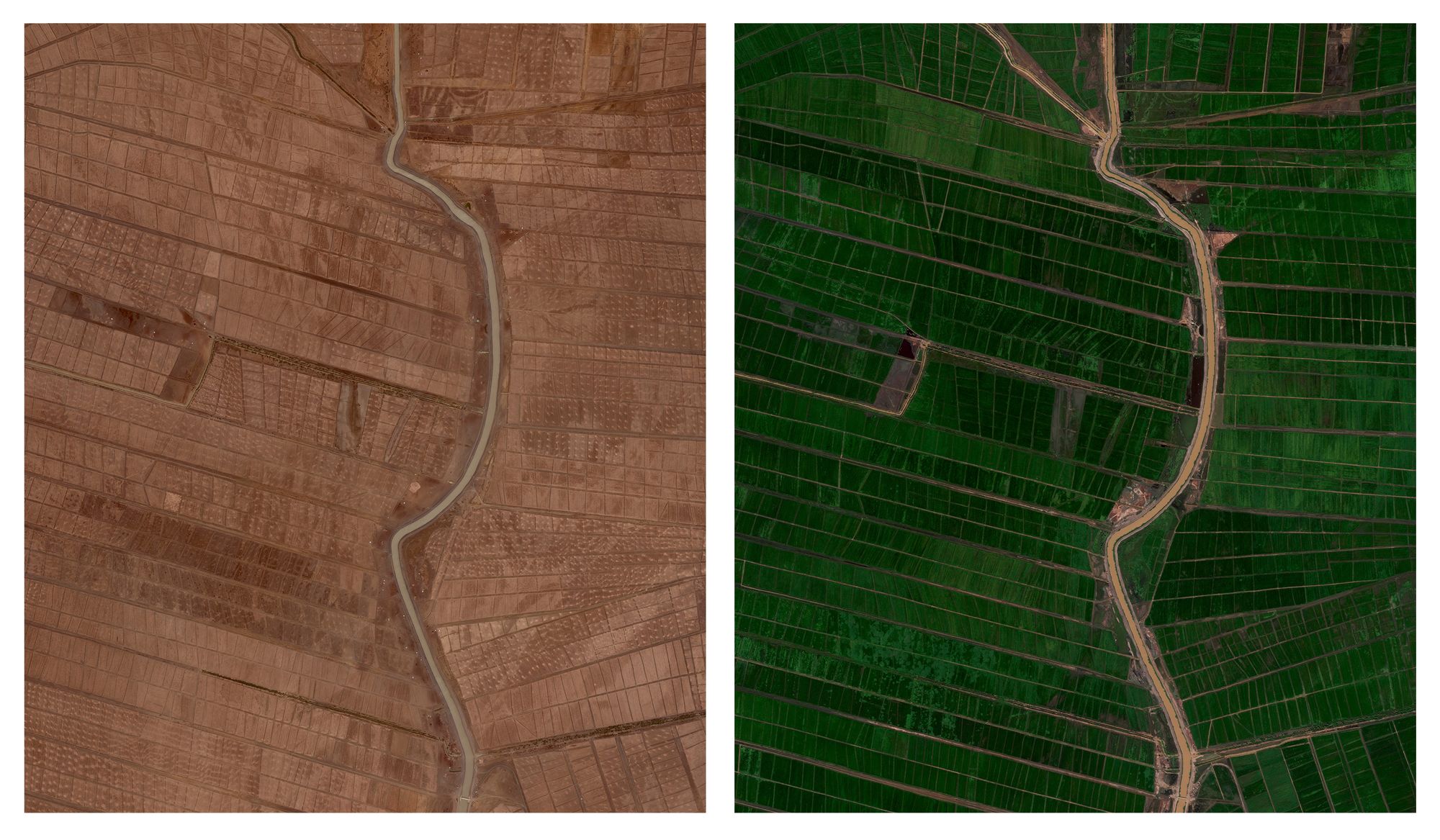
So what will come next for a human species trying to thrive on a rapidly warming planet? The only certain constant is change. Looking to the future, it is in our hands, collectively, to determine the nature of the change to come. Let us work together to build awareness of the well-researched and considered solutions that already exist. Ones that get us excited about what lies ahead, not paralyzed by the magnitude of the problem. Ones that can be scaled to meet the severity of the challenge of an increasingly carbon-rich atmosphere.
Perhaps we will soon come to an overdue, yet opportune moment — our kairos — to reverse the course of human-induced planetary warming, and change the Earth for the better.
It’s time.
Learn More
- Watch Benjamin Grant’s 02018 Long Now Seminar, Overview: Earth and Civilization in the Macroscope.
- Read our 02018 feature on Grant’s Daily Overview project and images of Earth from space, “Seeing the Whole Earth From Space Changed Everything.”
- Watch ANTHROPOCENE, the 02019 documentary by Jennifer Baichwal, Edward Burtynsky, and Nicholas de Pencier that was screened at Long Now as part of its U.S. premiere.